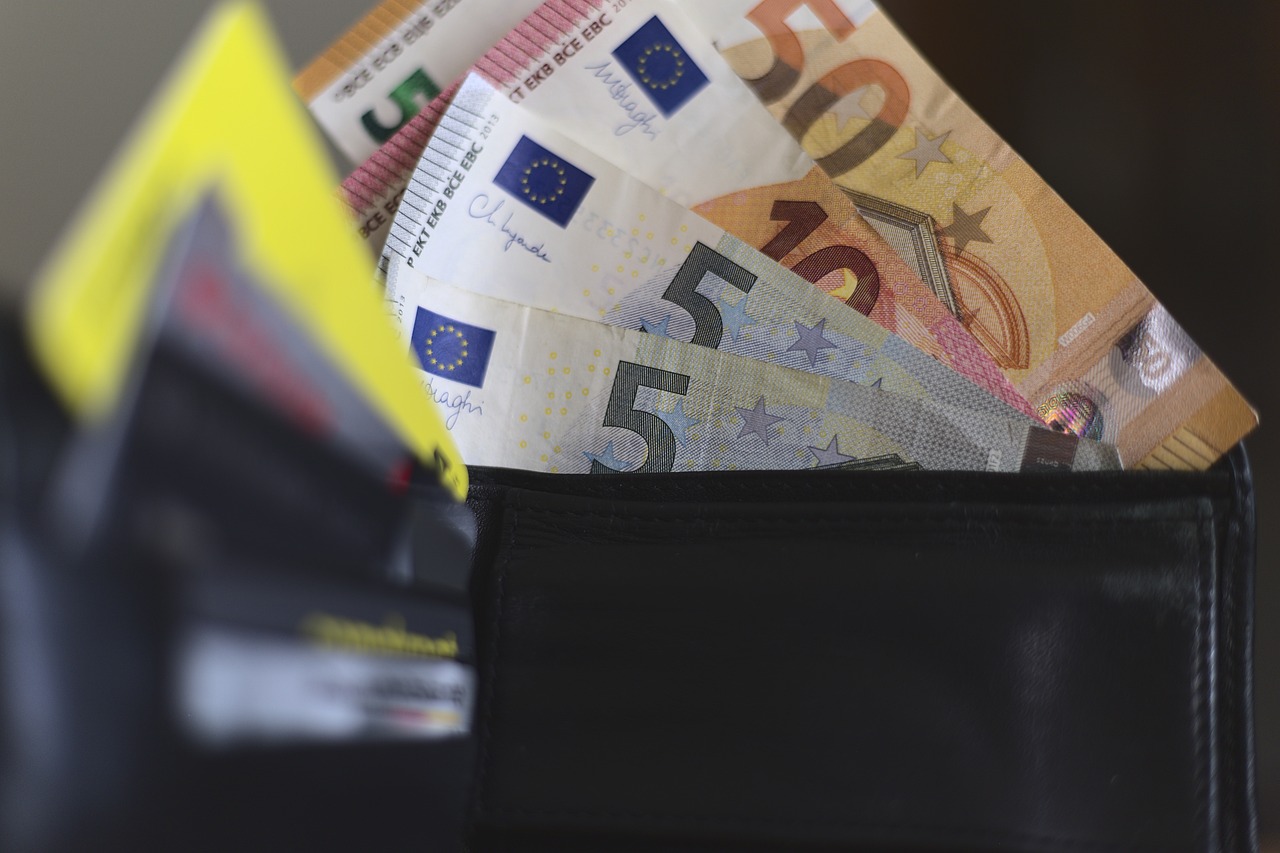Everything You Need to Know About IBAN: Transfers, Mistakes, Alternatives, Receiving Funds, and Country Formats
GPT_Global - 2025-09-10 01:00:03.0 190
Is there a way to cancel or reverse a money transfer made via IBAN?
When sending money internationally through an IBAN transfer, many customers wonder if there is a way to cancel or reverse the transaction. Unlike local payments, international transfers are processed through multiple banks and networks, which makes cancellation more complicated once the funds leave your account. That’s why it’s important to act quickly if an error occurs. If you notice a mistake, such as sending money to the wrong account or entering an incorrect IBAN, contact your bank or remittance provider immediately. Some banks may be able to stop the transfer if it hasn’t yet been processed. However, once the receiving bank has credited the funds, reversing the payment often requires the recipient’s cooperation. To reduce risks, always double-check the IBAN and beneficiary details before confirming your transfer. Many reliable remittance services also offer secure platforms with verification steps to minimize errors. While cancellations aren’t always possible, choosing a trusted provider and acting promptly can improve your chances of resolving issues. Ultimately, prevention and careful review remain the best ways to ensure a safe and smooth money transfer experience.
What should I do if I make a mistake when entering the IBAN number?
When sending money internationally, entering the correct IBAN number is crucial. The IBAN (International Bank Account Number) ensures that your funds are transferred to the right recipient. However, mistakes can happen, and knowing how to handle them can save you time and stress.
If you realize that you entered the wrong IBAN before the transaction is processed, contact your remittance provider or bank immediately. They may be able to cancel or amend the transfer before it is finalized. Quick action is essential in preventing delays or misplaced funds.
If the payment has already been processed, the money might be sent to the wrong account. In this case, your provider will need to contact the recipient’s bank to request a refund. This process can take time and is not always guaranteed, which is why double-checking the IBAN before confirming is the best safeguard.
To avoid these issues, always verify the IBAN details carefully. Many remittance platforms also provide validation tools to help you confirm the accuracy of the number. Taking a few extra moments to check can ensure smooth and secure international money transfers.
Can I use IBAN to send money to a non-EU country?
When sending money abroad, the IBAN (International Bank Account Number) system is widely used in EU countries to ensure accurate and efficient transfers. But can you use IBAN to send money to non-EU countries? The answer is not as straightforward as it may seem.
IBANs are primarily designed for use within the SEPA (Single Euro Payments Area) zone, which consists of European Union (EU) countries and a few others. In non-EU countries, the use of IBAN depends on the recipient's bank. While many non-EU banks have adopted IBANs, others may not. Therefore, it's important to check with the recipient's bank whether they require an IBAN or another form of account identification, such as a SWIFT/BIC code.
In cases where IBANs are not supported in non-EU countries, international money transfers often rely on other systems like SWIFT. Remittance services can offer alternatives, ensuring your funds are delivered securely and efficiently. Make sure to confirm the correct details with your transfer service to avoid delays or errors in sending money.
Are there any alternatives to IBAN for sending money internationally?
Sure! Here’s an SEO-friendly article within your requested length and format: ---When it comes to international money transfers, many people think of IBAN (International Bank Account Number) as the primary method. While IBAN is widely used across Europe and other regions, there are several alternatives available for sending money globally, especially in countries that do not adopt the IBAN system.
One common alternative is the SWIFT code system, which connects banks worldwide and enables secure transfers. SWIFT codes act as identifiers for banks and financial institutions, ensuring funds reach the correct destination. In addition, routing numbers are used in the United States, and sort codes are used in the United Kingdom, providing regional options for remittances.
Beyond traditional banking methods, money transfer companies and digital platforms have become popular alternatives to IBAN. Services such as PayPal, Wise, and Western Union allow users to send money internationally without needing an IBAN, often with faster processing and lower fees. These platforms provide flexibility and convenience for customers seeking efficient cross-border payments.
Ultimately, while IBAN is a reliable standard, businesses and individuals have multiple choices when sending money abroad. Depending on the destination and urgency, using SWIFT, local bank codes, or modern remittance providers can be effective and customer-friendly alternatives.
How do I receive money through IBAN?
Receiving money through IBAN (International Bank Account Number) is a secure and efficient method for international transactions. To receive funds via IBAN, you must first ensure that you have an active bank account with IBAN support. Your bank will provide you with a unique IBAN, which is used to identify your account in global financial transactions.
When someone sends money to your IBAN, they need to provide your IBAN along with other necessary details like the bank's SWIFT/BIC code. This ensures the money is sent to the correct account. Remittance businesses often use this method for cross-border transfers due to its reliability and speed.
IBAN payments can be received in various currencies and are processed through the SWIFT network. It's important to check with your bank regarding any fees or processing time associated with IBAN transfers. Additionally, confirming the exchange rate for foreign currency transactions is crucial to understand the exact amount you will receive.
For anyone involved in remittance or cross-border business, using IBAN simplifies the process and offers transparency and security. Be sure to share your IBAN correctly to ensure smooth and error-free transactions.
What’s the difference between IBAN and a traditional bank account number?
Here’s an SEO-friendly article tailored for a remittance business: ---When sending or receiving money internationally, one common question arises: what’s the difference between an IBAN and a traditional bank account number? Understanding this distinction is crucial for smooth cross-border transactions, especially for customers using remittance services.
An International Bank Account Number (IBAN) is a globally recognized standard used to identify bank accounts across borders. It contains not only the basic account number but also country, bank, and branch information. This extra detail reduces errors and ensures that international payments reach the correct destination quickly and securely.
On the other hand, a traditional bank account number is mainly used for domestic transfers within one country. While it works well for local banking, it often lacks the standardized structure needed for international money transfers, which can lead to delays or even rejected transactions if used alone.
For remittance businesses, encouraging customers to use IBANs when available helps improve accuracy, lower transaction costs, and enhance trust. By clearly understanding the difference, customers can avoid unnecessary complications and enjoy faster, safer cross-border money transfers.
Does the IBAN format change between countries?
The International Bank Account Number (IBAN) is a standardized format used globally to identify bank accounts. However, the structure of the IBAN can vary between countries. Each country has its own specific IBAN format, designed to meet local banking regulations while ensuring smooth cross-border transactions.
In most cases, the IBAN consists of up to 34 alphanumeric characters, including a country code, a check digit, and the domestic bank account number. The length and structure of the IBAN may differ depending on the country’s banking system. For example, while the UK uses a 22-character IBAN, countries like Germany have a 22-character format, and Spain uses 24 characters.
For remittance businesses, understanding the different IBAN formats is crucial for ensuring accurate and efficient cross-border payments. Failing to correctly format an IBAN can result in payment delays or errors. Therefore, businesses should ensure their payment systems support various IBAN formats and comply with international standards for seamless transactions.
In conclusion, the IBAN format does indeed change between countries, and businesses involved in international remittance should stay updated on these variations to enhance payment accuracy and efficiency.
About Panda Remit
Panda Remit is committed to providing global users with more convenient, safe, reliable, and affordable online cross-border remittance services。
International remittance services from more than 30 countries/regions around the world are now available: including Japan, Hong Kong, Europe, the United States, Australia, and other markets, and are recognized and trusted by millions of users around the world.
Visit Panda Remit Official Website or Download PandaRemit App, to learn more about remittance info.



